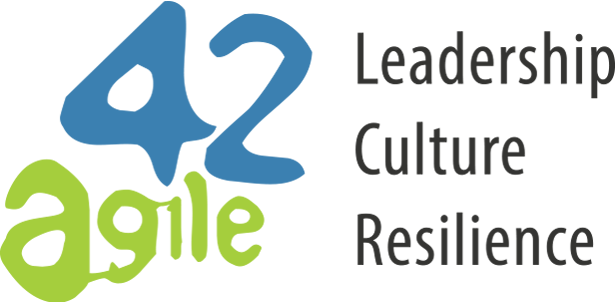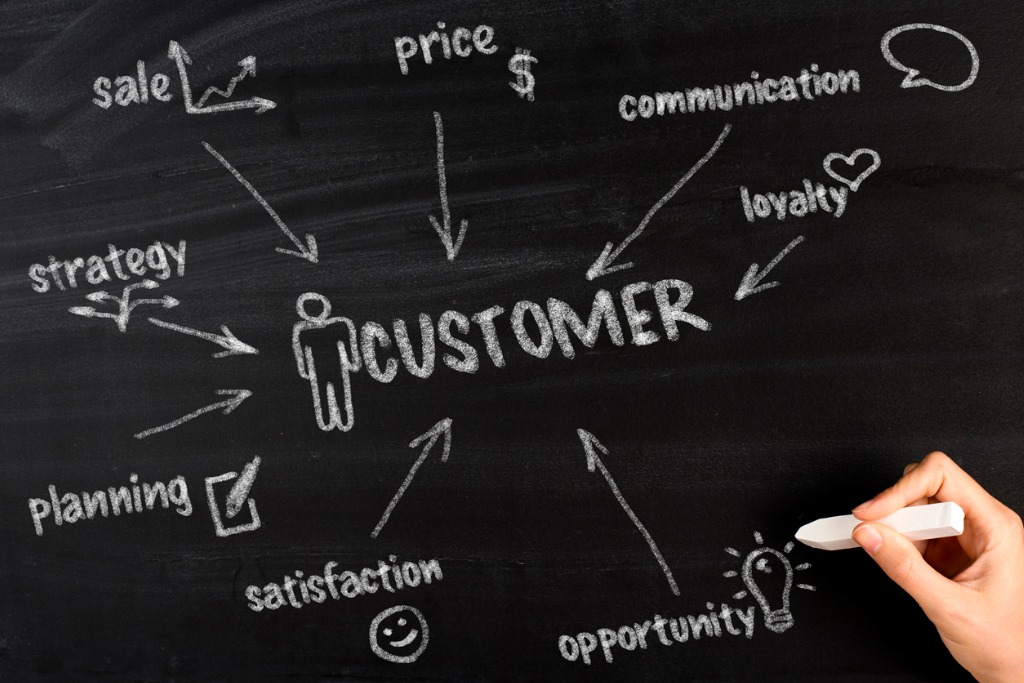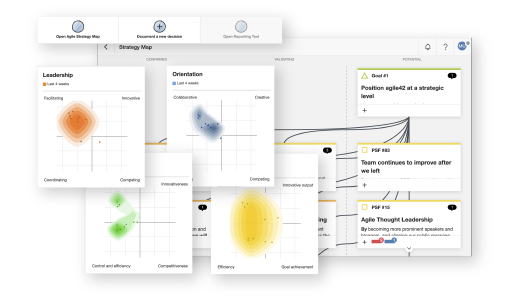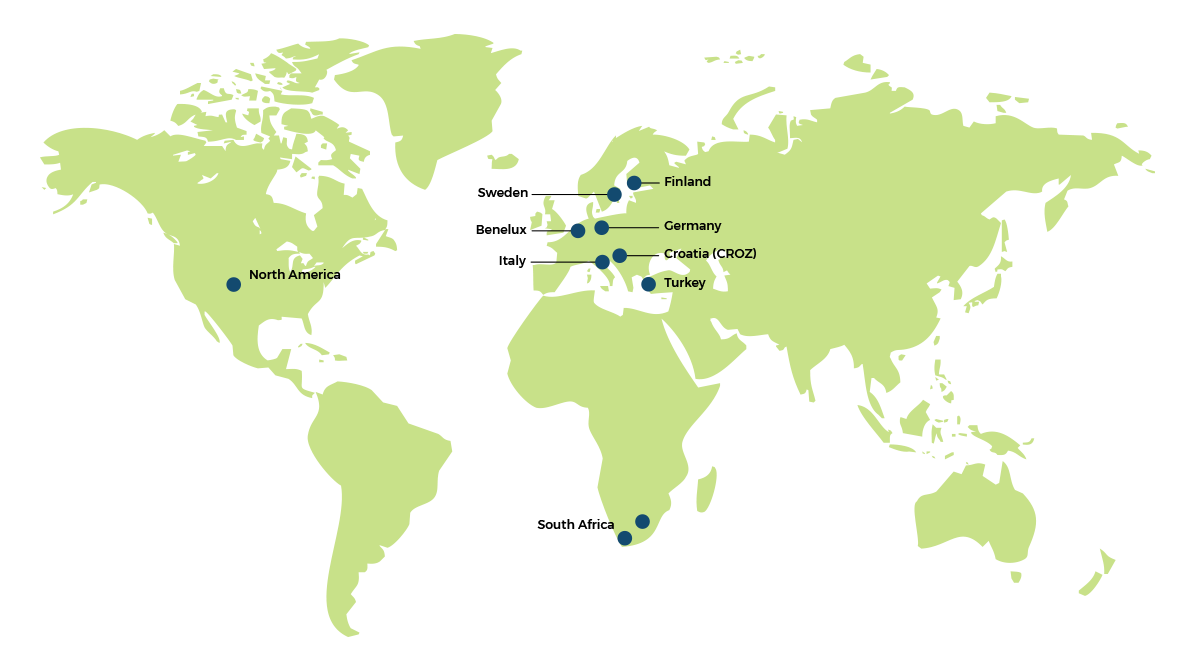Leadership Behaviours
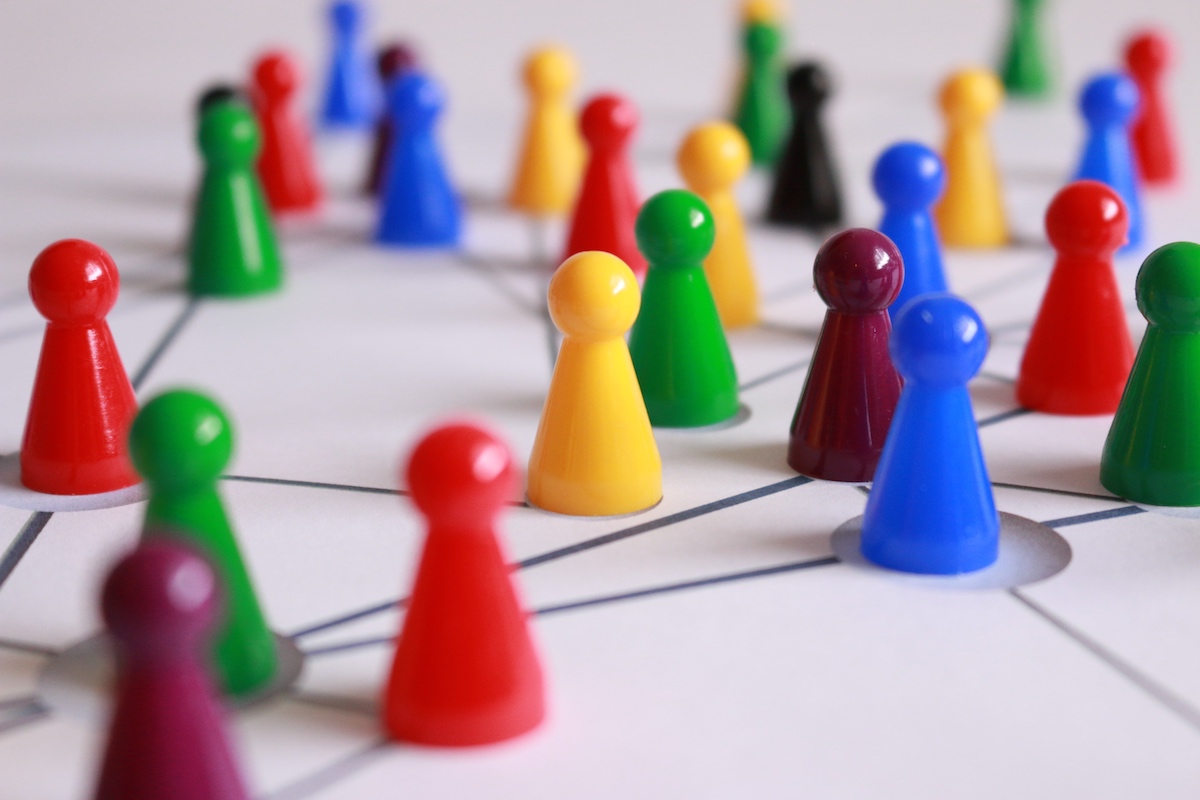
Introducing Leadership
Leadership can mean different things. Most people assume that leadership is a quality that some people have and others do not, or a role they are put into. Today we will be referring to leadership as a capability of both an individual and an organisation which manifests itself through a variety of behaviours and interactions in different contexts and relationships. In our era, which is characterised by volatility, uncertainty, complexity and ambiguity (in short VUCA), effective leadership can be supporting, role-modeling, encouraging, guiding or coaching our followers, among many other things. Leadership behaviours will co-evolve with an organisation and depend not only on personal attitude but also on context, expectations and relationships.
Dimensions of Leadership Behaviour
As human beings, we develop multiple identities that are associated with different relationships. You might be a daughter, a mother, a friend and a business owner. Your role in a certain context will catalyse certain behaviours while your beliefs and values are shared by your multiple identities. The cultural disposition of the organisation you’re interacting with is another important dimension to be aware of. What are the values that hold people together? What leadership behaviour are they expecting? Lastly, the context or situation plays a big role in determining whether a particular behaviour is appropriate. For instance, in our current worldwide crisis it is probably a bad idea to foster democratic decision-making and consensus-building because it is simply too time-consuming. Instead, decisive action is required to prevent catastrophic consequences.
The Importance of Emotional Intelligence
Daniel Goleman demonstrated evidence on the relationship between emotional intelligence and effective leadership, stating that the emotional state of a leader drives their behaviour which affects the people around them. Becoming aware of your emotions and what triggers these emotions is the first important step to growing your leadership capabilities. In order to make decisions and perform actions that have a positive impact on our followers, we need to be able to control ourselves. The next important step is to develop empathy to understand the emotions of others, and to grow social skills to interact effectively with others. The effectiveness and appropriateness of our leadership behaviour depend heavily on the relationships with our followers and their individual expectations.
Getting to Results
How do organisations produce the right results? Partners in Leadership have come up with ‘The Results Pyramid’ to illustrate the connections between experiences, beliefs, actions and results. As the pyramid suggests, experiences is the largest level. These experiences cluster to shape fewer beliefs. The beliefs of what is right and what is wrong inform even fewer actions. These actions drive results. Some results can be measured financially, others might represent goals the organisation is setting out to achieve. Usually such goals would represent stepping stones in the direction of an organisational vision.
What role does leadership play in getting the right results? Traditionally, we tend to focus on managing actions, the tip of the iceberg. This approach is difficult to scale, since actions are just an outcome. The sphere of influence includes the organisational structure, things like processes, tools, roles and responsibilities. While management happens at the top of the pyramid, leadership happens at the bottom. The focus of leadership is on the organisational culture, to create new experiences, which then result in new stories, bringing change along with them. At this level, leaders can change the stories that are being told, create new rituals, influence habits and behaviours.
When we shift the balance from managing actions to creating experiences, we grow the organisation’s leadership capability by nurturing the autonomy of groups who will intuitively make good decisions.
Six Distinct Leadership Behaviours
We define six leadership behaviours that can be developed and applied in different contexts and cultures.
Directing
The leader is perceived as an expert and an authority and is therefore in charge of assigning and controlling work while being held accountable for the results of the group’s work. Bilateral communication is not welcome. Instead, the leader expects compliance from their followers. This can be both frustrating and comforting. In the event of a crisis, this behaviour might be essential.
Demanding
The leader is perceived as someone with extremely high standards. They are competitive and focus primarily on performance, leading by example. The followers focus on their targets. The constant push from their leader can be motivating in the short term and stressful in the long term. Meeting targets successfully as well as the leader’s conflict-solving skills hold the group together.
Conducting
The leader coordinates and encourages collaboration, believing that collaboration is essential and increases quality. While the leader is responsible for enabling the collaboration, the followers feel responsible for their individual contribution. They can rely on help from their peers and are held together by clear roles and group dynamics.
Envisioning
The leader motivates people by providing a compelling and challenging vision of the future. They inspire collaboration and a sense of shared responsibility. They have faith in their followers’ abilities. The followers value collaboration and they are motivated by their feeling of being able to learn and achieve more together. The group is held together by a shared identity and a sense of belonging.
Coaching
The leader supports team members with their personal growth and supports the team with becoming more effective as a whole by being a servant leader. The team shares responsibility and collaborates to achieve their goals. They are motivated by mastering challenges and learning continuously. They are held together by their shared purpose and their self-direction.
Catalysing
The leader amplifies the success of the team, connects them with the rest of the organisation and ensures their contribution to strategy creation. The leader provides both praise and challenges and enables synergies. The followers are self-governing, maximise value delivery and incorporate customer feedback autonomously. They are open-minded, curious and adaptive. They are motivated by their contribution and held together by their constant search for new challenges.
Conclusion
Because of their dependence on context, culture, expectations, and relationships, there are no leadership behaviours that are negative in themselves, but rather behaviours that are not helpful within a specific situation and might be perceived negatively in a given cultural context. We can grow an organisation’s leadership capability by shifting the balance from managing actions to creating experiences which will shape people’s beliefs and help them develop their ability to make good decisions autonomously and intuitively.
You can rewatch here or on YouTube the webinar on Leadership Behaviors we run on March 13.
